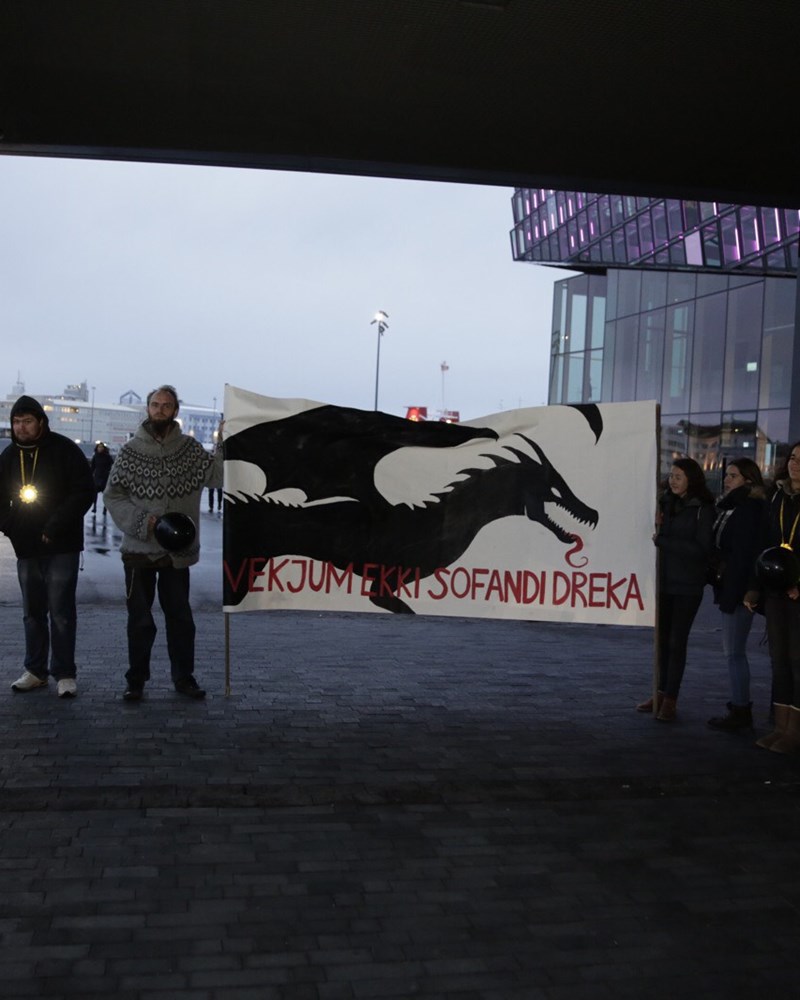The Quiet Revolution: Sensing the Arctic with Autonomous Underwater Vehicles
Organized by: World Climate Research Programme (WCRP), NERC Arctic Office, United Kingdom 11. September 2017
The cryosphere is a major indicator of global climate change and plays a fundamental role in the climate system. Despite advances in numerical modeling, the reliability of weather forecasts and long-term climate predictions in the Arctic and Antarctic is severely limited by the lack of systematic in situ observations in those regions, and even more so under the sea-ice.
Because of their potential scalability, low risk and cost-effectiveness, Autonomous Underwater Vehicles (AUVs) are offering a new paradigm for the monitoring and sustainable management of polar and high latitude regions to complement satellite observations. These innovative platforms offer opportunities in a wide variety of science disciplines and practical applications and
Speakers:
- Phil Anderson - Head of Marine Technology, Scottish Association for Marine Science, United Kingdom
- Craig M. Lee, APL, Senior Principal Oceanographer, Applied Physics Laboratory, Professor, School of Oceanography, University of Washington: Multi-platform Autonomous Approaches for Sustained Arctic Observing
- Emanuel Ferreira Coelho: Challenges and solutions using robotic networks to characterize the Ocean-Acoustic Underwater Environments in the High North
- Thorben Wulff, AWI, Bremerhaven, Germany: The coupling between physical and ecological processes - fine scale investigations with an AUV in the Arctic

